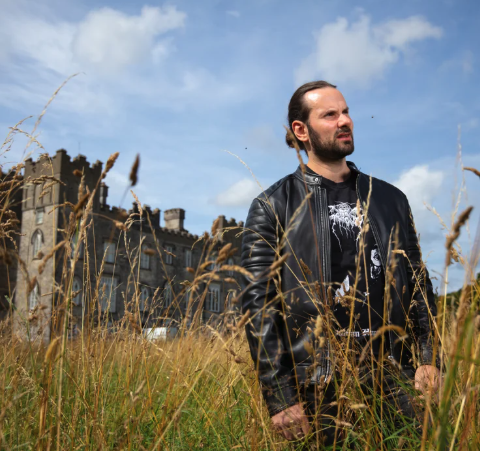History of
Dunsany Estate
Dunsany Estate holds a remarkable legacy, spanning over nine centuries of Irish history. From its medieval foundations to its role in today’s conservation and rewilding efforts, the estate reflects a continuous story of heritage, stewardship, and evolving connection to the land.
A Legacy of 800 Years
With a legacy spanning over 800 years, Dunsany Estate is one of Ireland’s most historic private estates – a living example of heritage, continuity, and environmental stewardship. Its story reflects centuries of evolution, from medieval roots to modern conservation, offering a blend of cultural significance and forward-thinking land management.
History of
The Estate
Dunsany Estate traces its origins to circa 1180, when it was established by the Anglo-Norman knight Hugh de Lacy and granted to Geoffrey de Cusack.
Strategically positioned, it quickly became an important fortified site within the region. In the 15th century, the estate passed to the Plunkett family through marriage – a lineage that continues to this day, making it one of the longest continuously held estates in Ireland.
Throughout its history, Dunsany has endured periods of conflict, including wars and political unrest, yet much of its historic core remains intact. The estate stands as a rare example of sustained heritage, continuity of stewardship, and long-term land management.
History of
Dunsany Castle
Dunsany Castle, built around 1180 by Hugh de Lacy, is one of Ireland’s oldest continuously inhabited castles.
Originally constructed as a fortified structure with four stone towers, it was intended to secure the surrounding lands.
Over the centuries, it gradually transformed into a family residence, with significant 18th- and 19th-century renovations softening its defensive character.
In 1910, Lord Dunsany added an Arts & Crafts-style extension, including a billiard room and additional living quarters.
Despite enduring challenges such as a notable siege by Cromwellian forces, the castle remains a lasting symbol of the Plunkett family’s legacy and resilience.
To this day, the Plunkett family still call Dunsany Castle home.
History of
The Plunkett Family
The Plunkett family has stewarded Dunsany Estate since the 15th century, making them one of Ireland’s longest-standing noble families.
Their lineage can be traced back to Sir Christopher Plunkett, whose descendants went on to hold titles such as Baron Dunsany, Baron Killeen, and Earl of Fingall.
Over the centuries, they have played roles in Irish political, military, and cultural life. During the Great Famine, the family provided employment and relief on the estate, helping local tenants through one of the most challenging periods in Irish history.
In the 20th century, Edward Plunkett, the 18th Baron, became a renowned fantasy writer whose work influenced J.R.R. Tolkien.
Today, the family continues to preserve Dunsany’s heritage while leading conservation efforts on the estate.
History of
Rewilding at Dunsany
In 2014, Randal Plunkett, the 21st Baron of Dunsany, initiated Ireland’s largest rewilding project, designating 750 acres of the estate for nature restoration.
By allowing the land to regenerate with minimal human intervention, the area has steadily returned to a natural state, now home to expanding woodlands, wildflower meadows, and a growing diversity of native wildlife, including deer, foxes, and rare bird species.
This long-term project has positioned Dunsany as a leading example of private-sector contribution to biodiversity and climate resilience in Ireland.
Dunsany Estate: A Journey Through Time
A historical overview of one of Ireland’s longest continuously held estates, shaped by war, politics, and progressive stewardship.
1180
Anglo-Norman Establishment
Following the Norman invasion of Ireland, Hugh de Lacy, granted lands by King Henry II, allocates territory at Dunsany to Geoffrey de Cusack. The area becomes strategically significant in Meath.
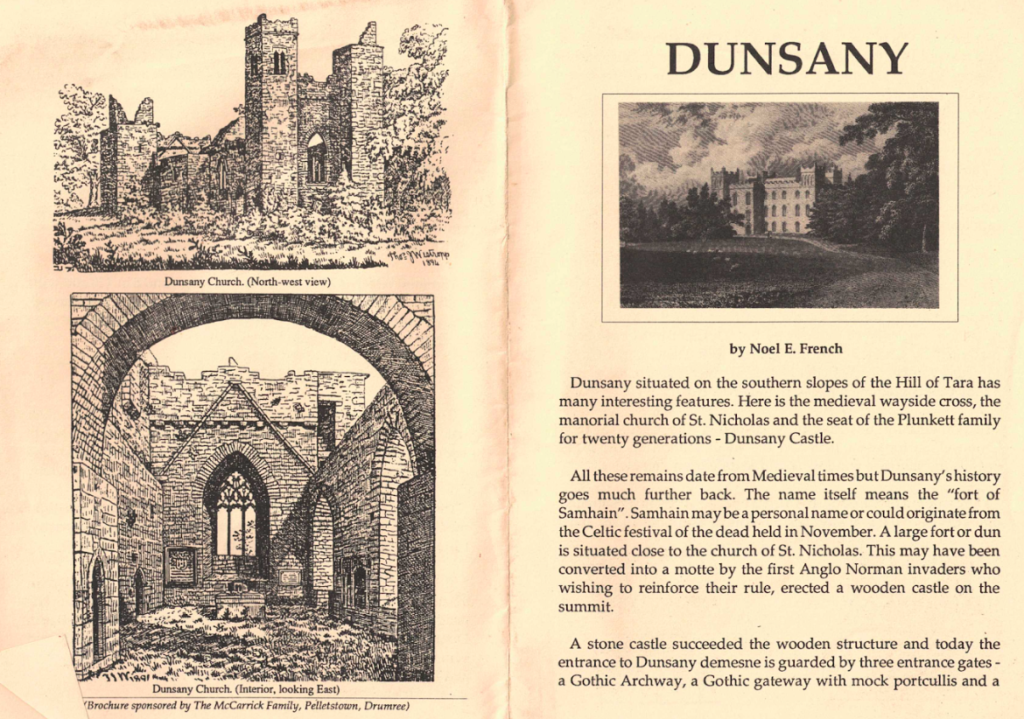
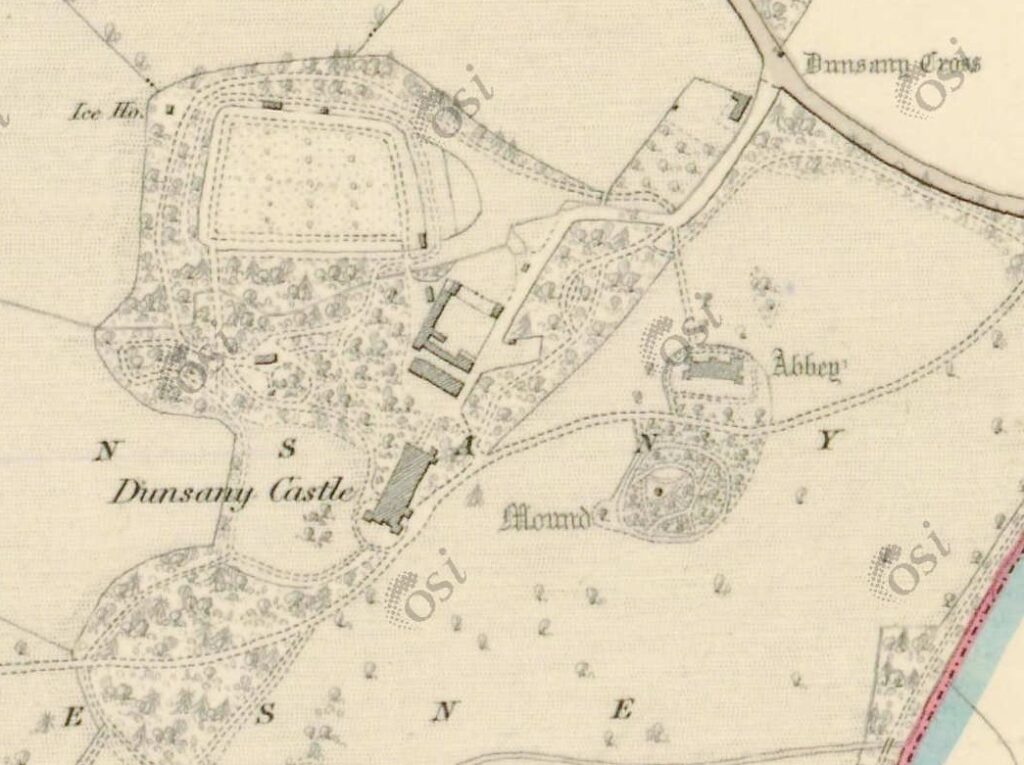
1408
Plunkett Family Stewardship Begins
Following the Norman invasion of Ireland, Hugh de Lacy, granted lands by King Henry II, allocates territory at Dunsany to Geoffrey de Cusack. The area becomes strategically significant in Meath.
1649
Cromwellian Invasion
Dunsany Castle is besieged during Oliver Cromwell’s campaign in Ireland. Though damaged, the castle survives, and the Plunketts later regain full control.
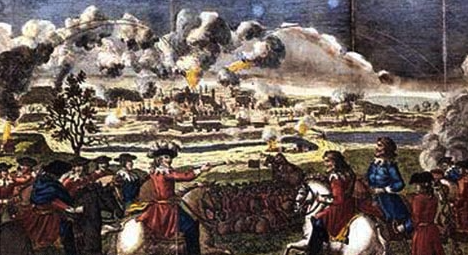
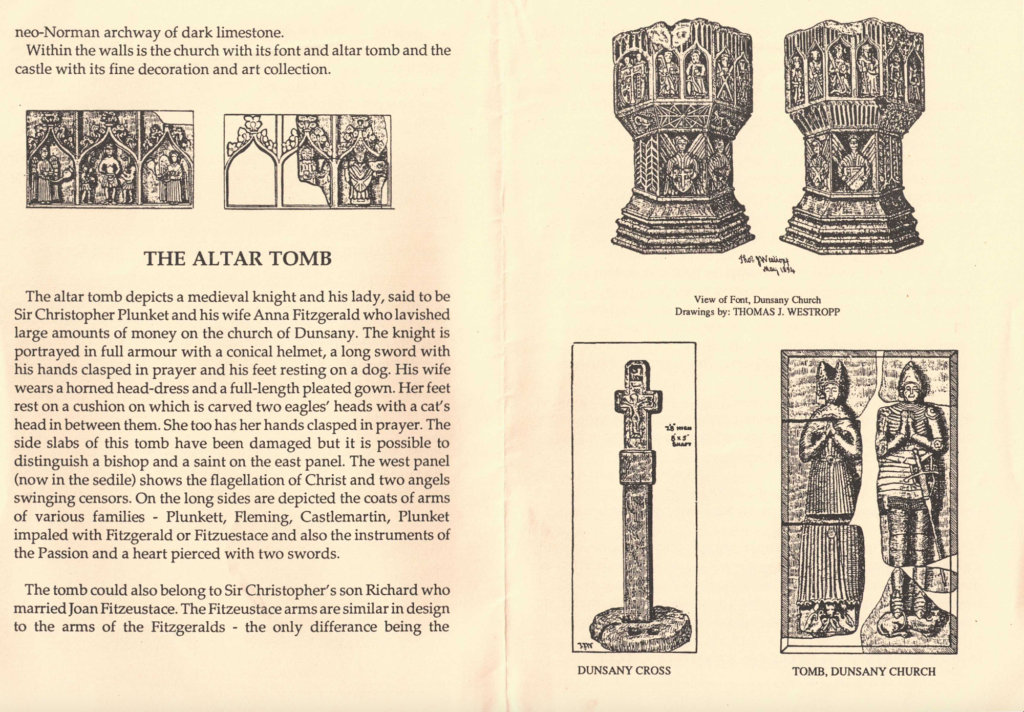
1760–1880
Expansion and Restoration
The castle undergoes several phases of renovation and architectural enhancement, transitioning from fortress to family home. The surrounding estate is landscaped and features such as the walled garden are developed.
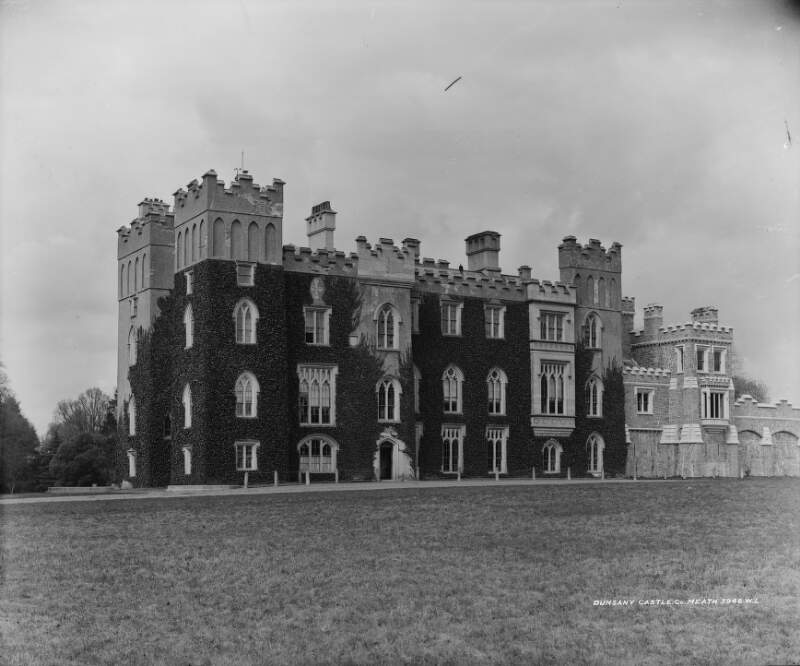
1910
Further Expansion
Edward Plunkett, 18th Baron of Dunsany and renowned writer, commissions an Arts & Crafts-style extension to the castle, including a billiard room and expanded living quarters.
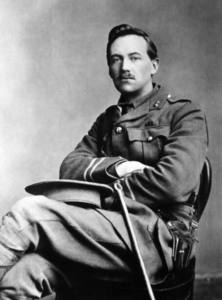
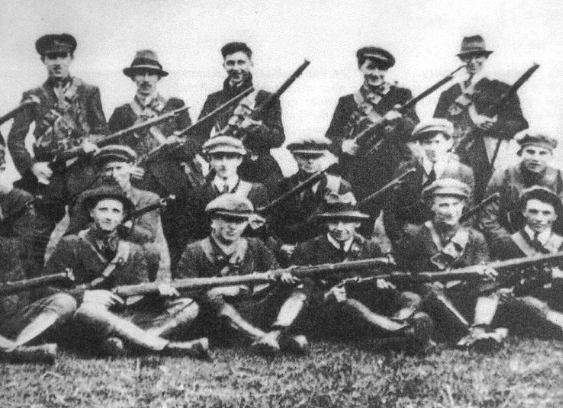
1919–1921
Irish War of Independence
While neighbouring estates suffer damage, Dunsany Castle is largely spared. A notable IRA incident involving mistaken identity occurs at nearby Killeen Castle.
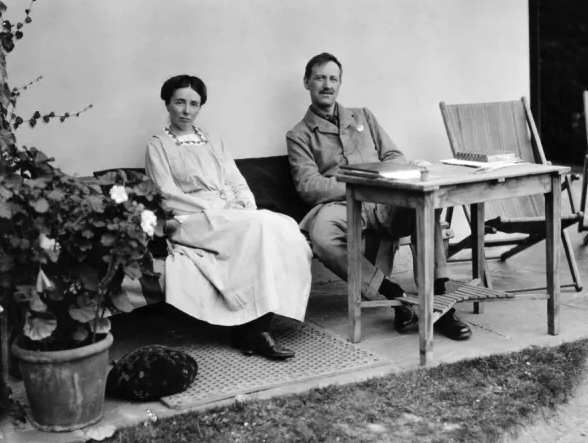
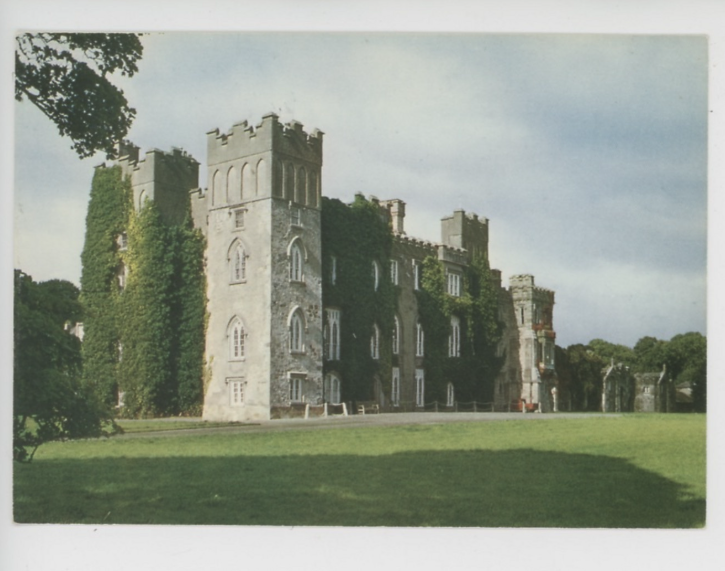
1920-1930
Continued Restoration
The family continues to preserve and modernise the estate amid a changing political and social landscape in Ireland.

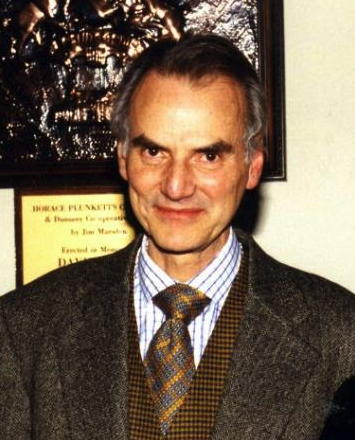
1970-2000
Modernisation and Land Use
During this period, the Dunsany Estate faced the evolving demands of modern land management. Portions of the estate were leased for agricultural use, while the 20th Baron, Edward Plunkett and family focused on preserving the historical character of the castle and grounds.
Modernisation and Land Use
During this period, the Dunsany Estate faced the evolving demands of modern land management. Portions of the estate were leased for agricultural use, while the 20th Baron, Edward Plunkett and family focused on preserving the historical character of the castle and grounds.
